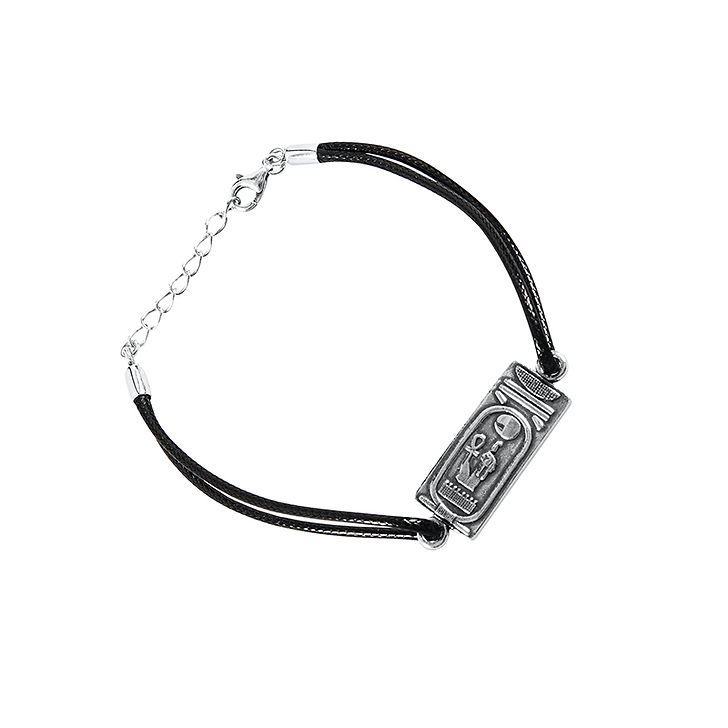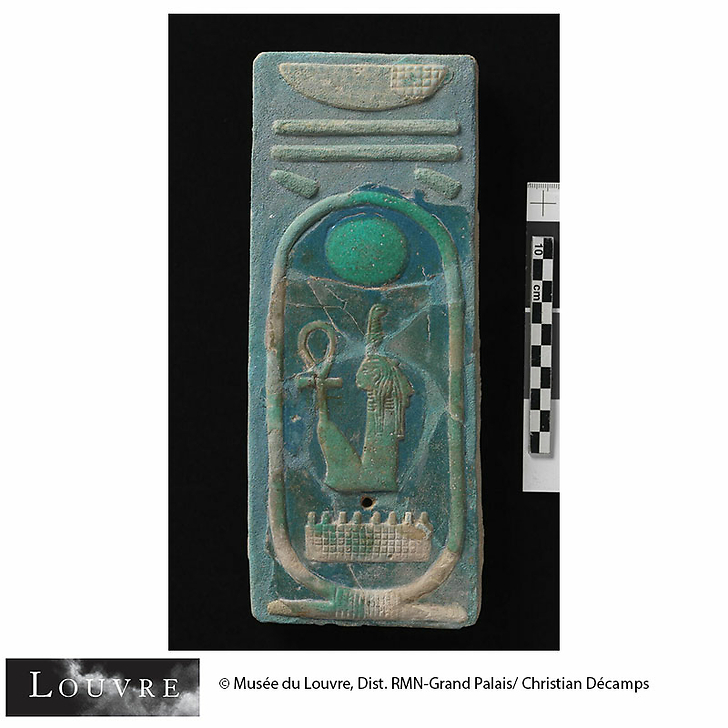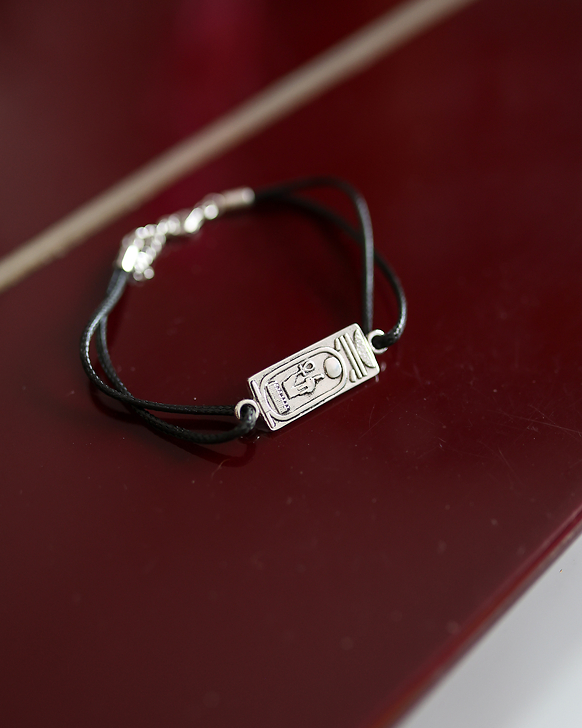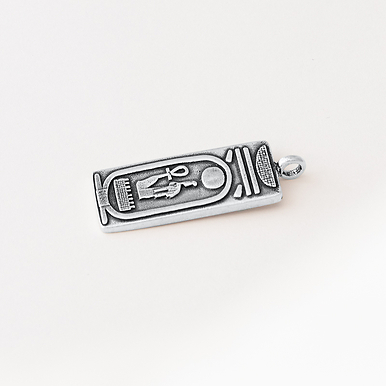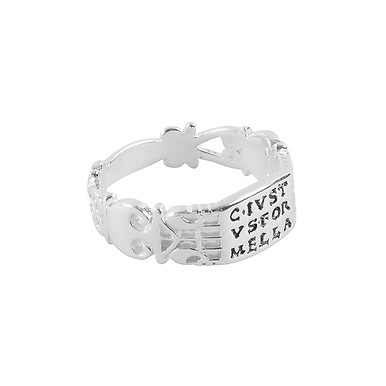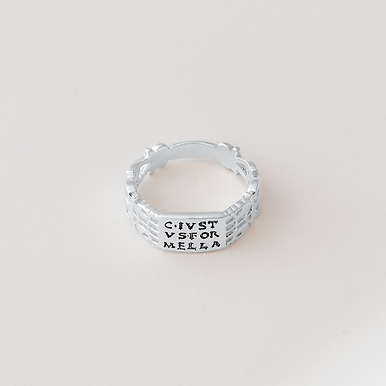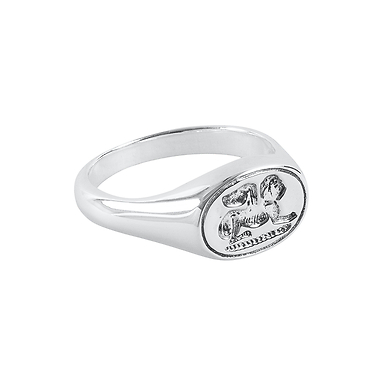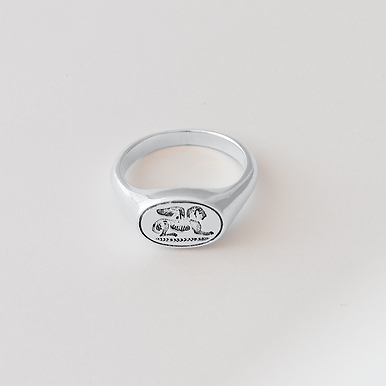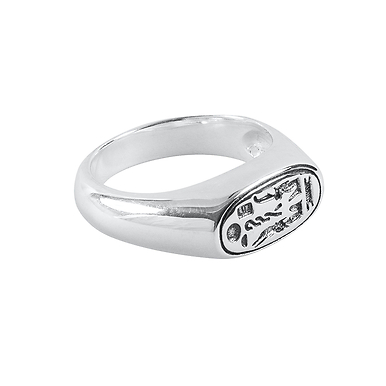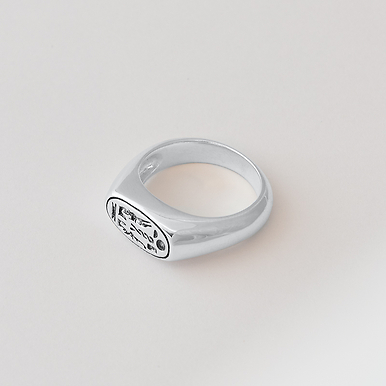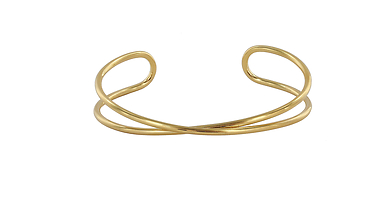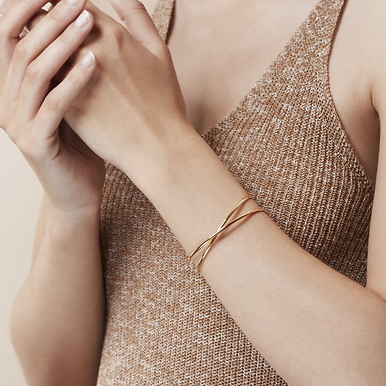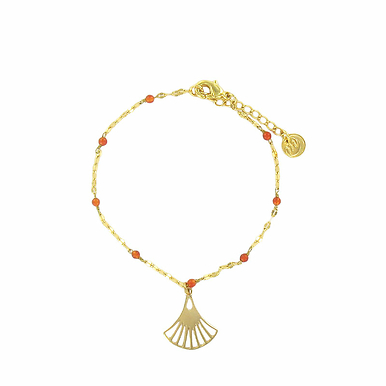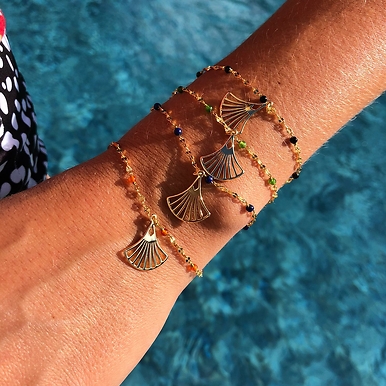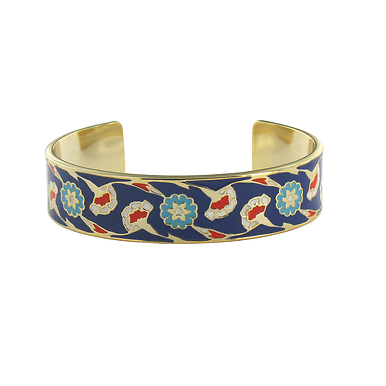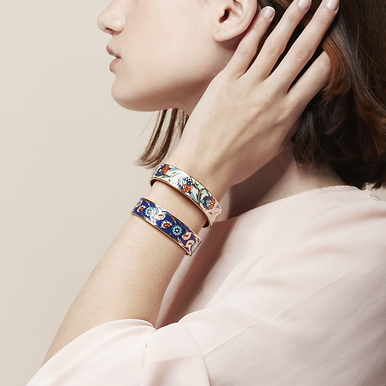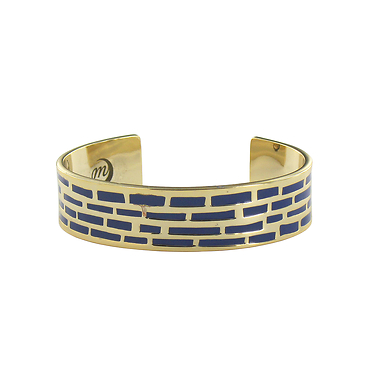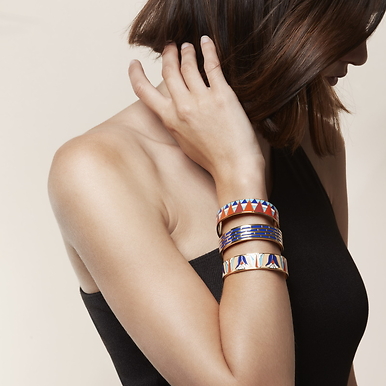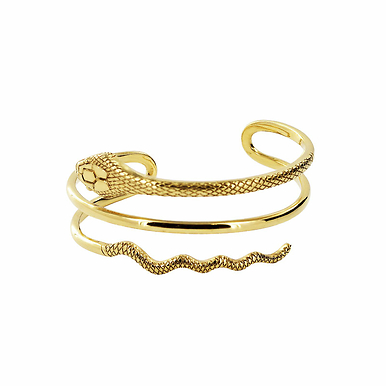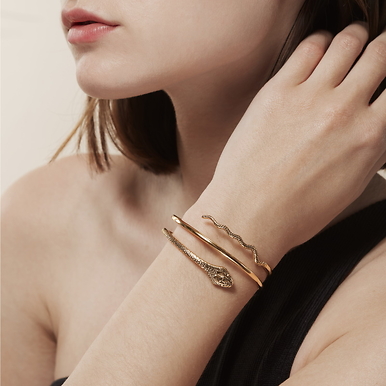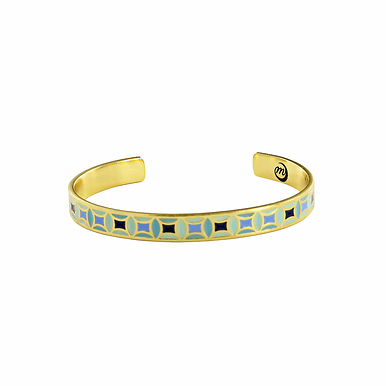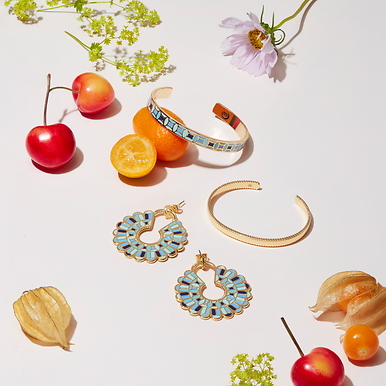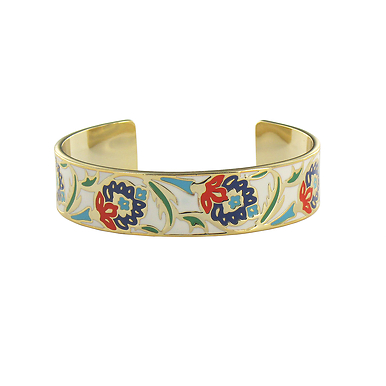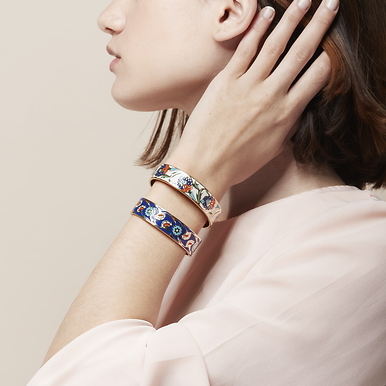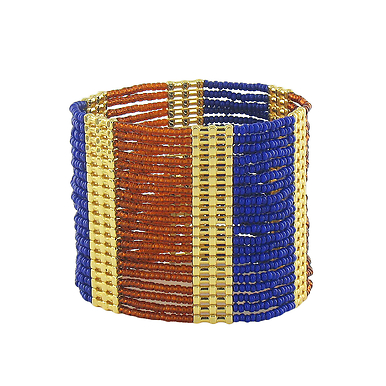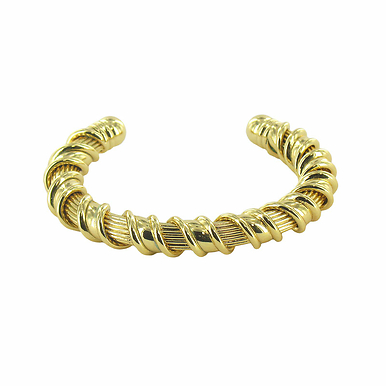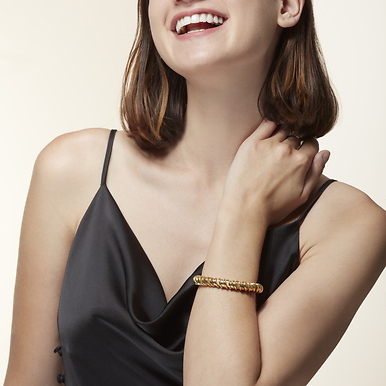Bracelet with cartouche of Seti I
BB100001
This bracelet in silver is inspired by the Cartouche of Seti I (New Kingdom, 19th dynasty, reign of Seti I (1294-1279 BC) - Musée du Louvre, Paris - Earthenware inlay - Quantir (Lower Egypt) - Buy Maurice Nahman (1914) E11518 73)
The kings of ancient Egypt traditionally had five names, which together...
Read more
This bracelet in silver is inspired by the Cartouche of Seti I (New Kingdom, 19th dynasty, reign of Seti I (1294-1279 BC) - Musée du Louvre, Paris - Earthenware inlay - Quantir (Lower Egypt) - Buy Maurice Nahman (1914) E11518 73)
The kings of ancient Egypt traditionally had five names, which together composed their royal titulary. These names included Horus, which placed the royal office holder under the protection of the eponymous falcon god; Nebty, which placed the king under the protection of the two goddesses of Upper and Lower Egypt; the Golden Horus, which associated the king with the sun god and his prosperity; the throne name, adopted by the king at his accession to it; and the monarch's birth name, which is what they are known by in the present day.
The word on this cartouche - Menmaatre - is the throne name of Seti I, the Ruler of Two Lands. Its meaning approximates 'stable is the cosmic order of Ra'. Following the Amarna Period, Seti I - the son of Ramses I, who had founded the 19th Dynasty - re-established a monarchy under the protection of Amun, and reinstated Egypt as a regional power. The warrior king campaigned in the Levant and reopened gold mines in the Eastern Desert and in Nubia. Upon his death, Seti I bequeathed to his son Ramses II a strong and organised country.
A prolific builder, the king added a great hypostyle hall to the Karnak Temple complex, constructed a beautiful temple in Abydos containing the famous engraved Abydos King List (Abydos Table), as well as a funerary temple in Thebes. The sculptures and decoration of his tomb in the Valley of the Kings are some of the finest ever discovered.
Keep the jewel away from dust and humidity.
Avoid contact with perfume, chemicals products and cosmetics; avoid wetting the jewel.
Close
Sold by GrandPalaisRmn

